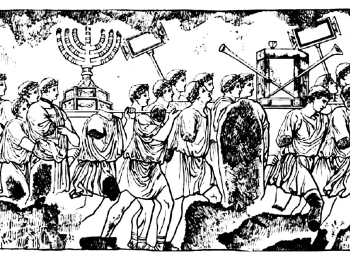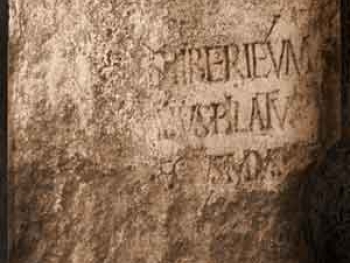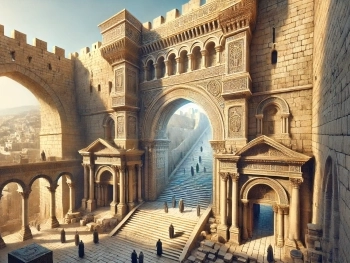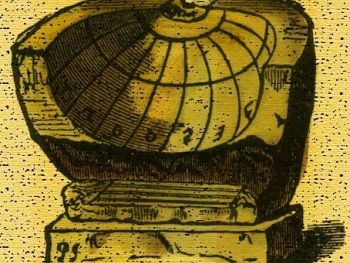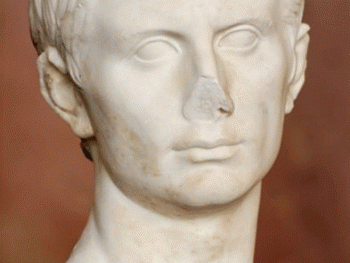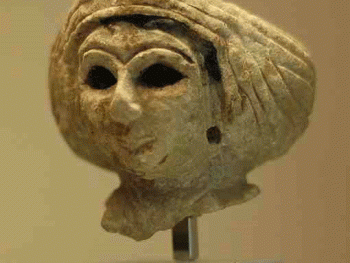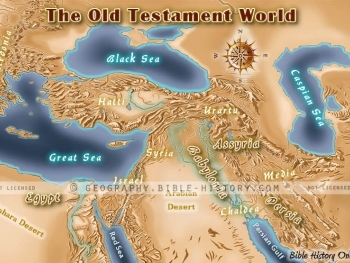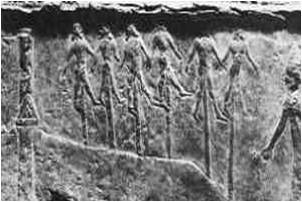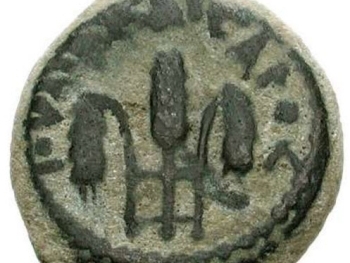The fall of the Roman Empire was a complex event with multiple contributing factors. Some of the main causes include:
- Internal Decay and Political Instability: The empire faced a decline in effective leadership, political instability, and corruption within its ruling elite. Constant power struggles, frequent assassinations, and weak emperors weakened the centralized authority of the empire.
- Economic Challenges: Rome's economy faced numerous challenges, including inflation, heavy taxation, economic disparity, and the decline of agricultural productivity. These factors strained the economy and contributed to social unrest and financial instability.
- Barbarian Invasions: The empire faced increasing pressure from barbarian tribes at its borders. Germanic tribes such as the Visigoths, Vandals, and Ostrogoths launched invasions, taking advantage of the empire's weakened defenses. The sack of Rome by the Visigoths in 410 CE and the eventual fall of the Western Roman Empire in 476 CE marked significant turning points.
- Overexpansion and Military Overstretch: Rome's vast territorial expansion stretched its resources thin, leading to increased military spending and a strain on the empire's ability to defend its borders. The constant need for military presence and defense further drained the empire's resources.
- Social and Moral Decline: The empire witnessed a decline in traditional Roman values, erosion of civic virtues, and social unrest. Corruption, moral decadence, and a loss of faith in the empire's institutions weakened the social fabric and contributed to internal divisions.
It is important to note that the fall of the Western Roman Empire did not happen suddenly or as a result of a single cause but rather developed over centuries due to a combination of these factors and others.
